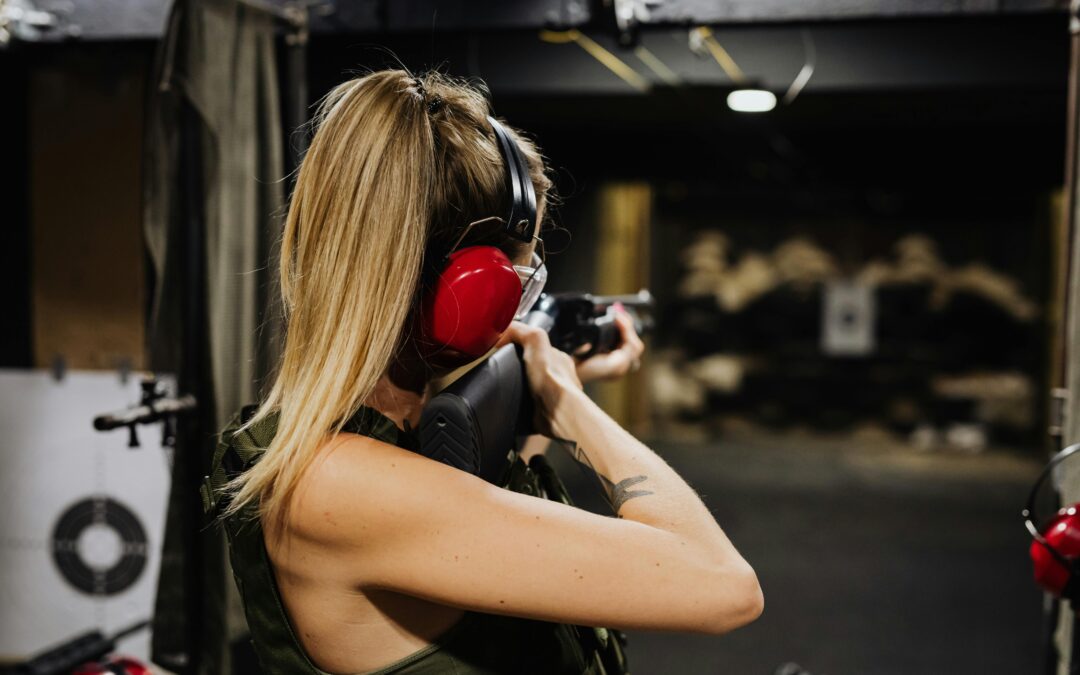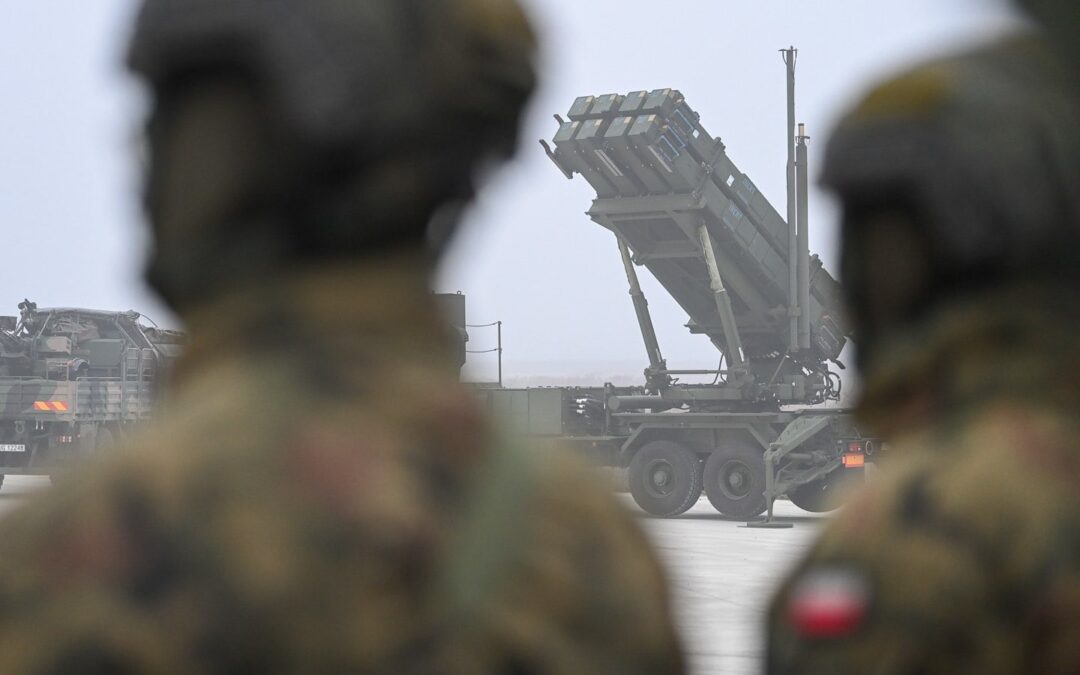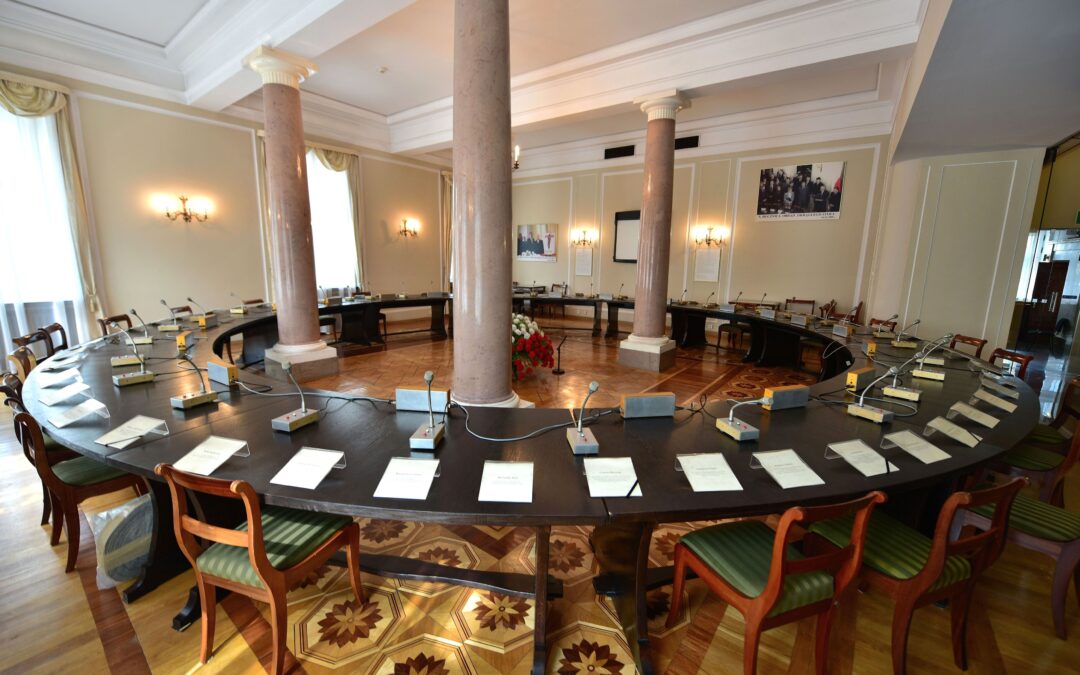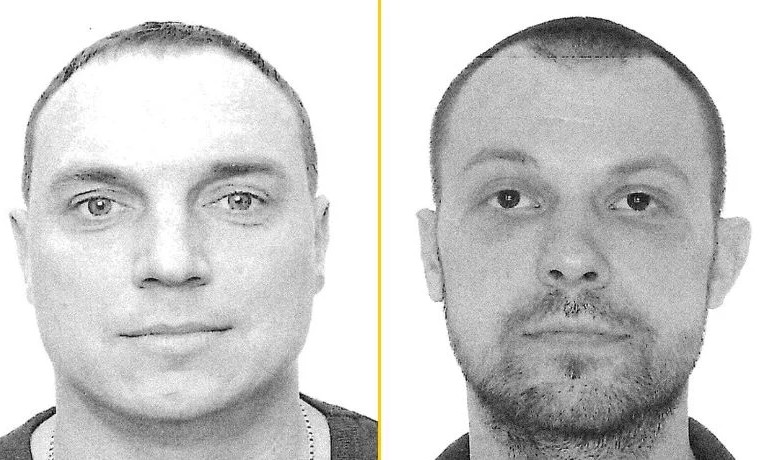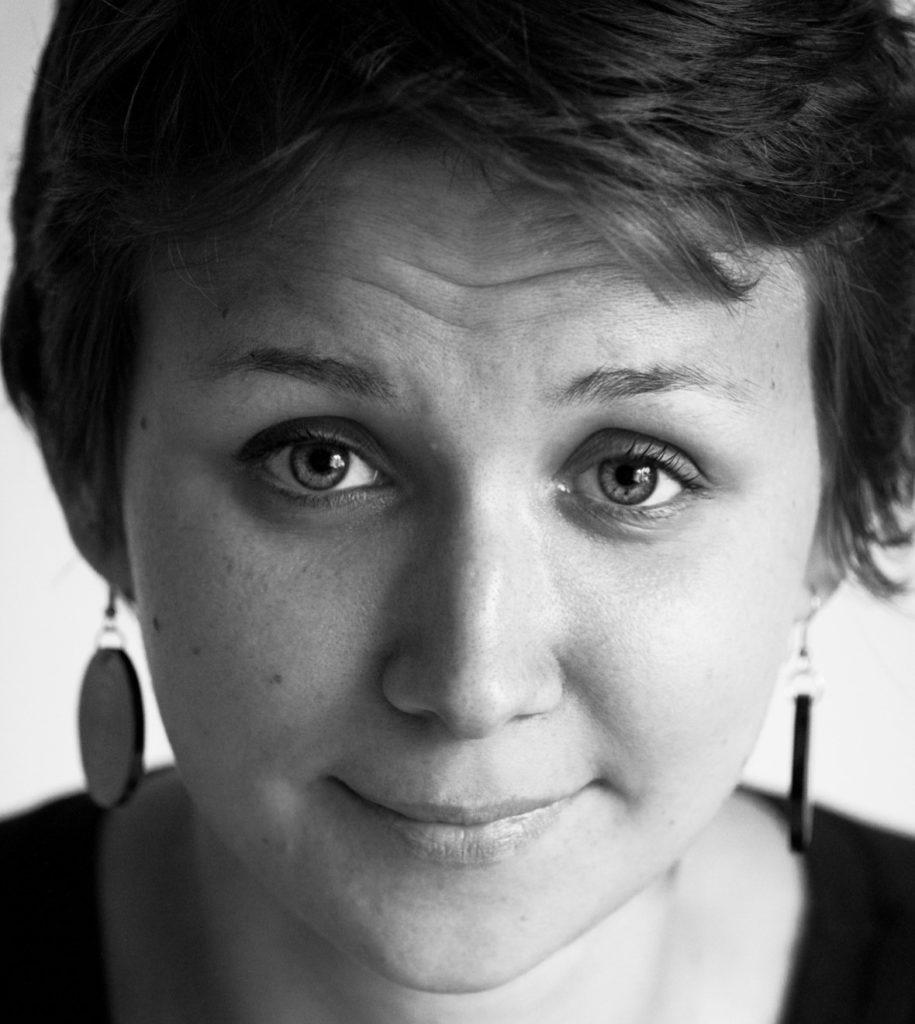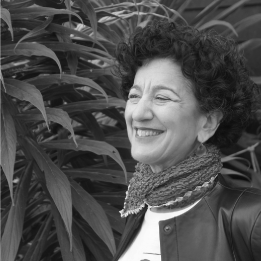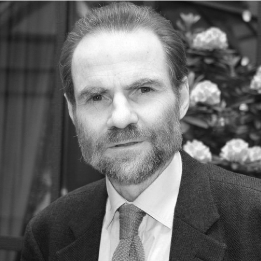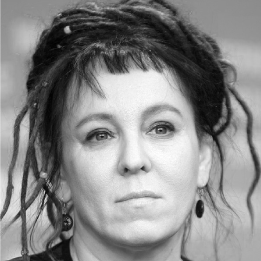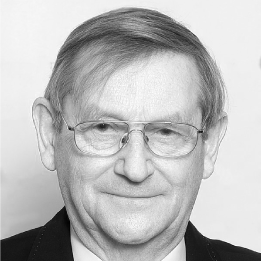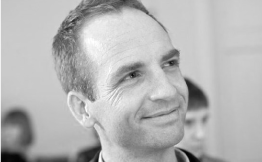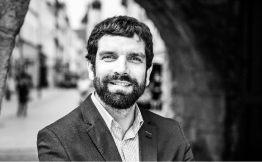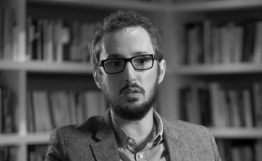Keep our news free from ads and paywalls by making a donation to support our work!

Notes from Poland is run by a small editorial team and is published by an independent, non-profit foundation that is funded through donations from our readers. We cannot do what we do without your support.
The number of gun licences issued in Poland has more than quadrupled in the past four years, police data obtained by Dziennik Gazeta Prawna (DGP) show.
Last year saw a record 43,400 permits granted, bringing the total number of licences to 367,000 and the estimated number of firearms owned by civilians to about one million, reports DGP. In 2022, 34,400 licences were issued, up from 10,200 in 2020.
In 2017, Poland had the fewest firearms per 100 residents in the European Union, according to the Small Arms Survey, a Geneva-based research project.
Rekordowe zainteresowanie bronią w Polsce — główne przyczyny Wraz z atakiem Rosji na Ukrainie tysiące Polaków rzuciło się po pozwolenia na broń. Widzą to też politycy, ale czy doprowadzą do ułatwienia w zdobyciu pozwolenia na broń palną?https://t.co/6v5SFhRqb4 pic.twitter.com/HnFqQE2285
— gazetaprawna.pl (@gazetaprawnapl) August 12, 2025
Under Polish law, civilians can apply for licences for sporting, hunting, collecting and personal protection purposes. To obtain one, applicants must undergo medical examinations, pass a test, and join the relevant association, such as the Polish Sport Shooting Association, the Polish Hunting Association, or a collectors’ group.
Access to firearms widened in 2023, when parliament passed legislation removing what the bill called “unnecessary administrative and legal barriers”. The law allowed members of uniformed services to apply for personal protection permits, a change lawmakers said was intended to “strengthen Poland’s defence potential”.
That measure prompted a sharp increase in the number of personal protection permits issued, from 154 in 2022 to 6,200 in 2023 and 9,500 in 2024, reports DGP.
The health ministry last year simplified the appeal procedure in cases where licenses are denied on medical grounds, but no further easing of gun laws has been introduced.
In the weeks after Russia launched its full-scale invasion of Ukraine, Polish shooting ranges saw a sharp rise in visitors. The growing interest in firearms is also reflected in increased investment in shooting facilities and training programmes across Poland.
Since last September, basic gun training has been mandatory for Polish pupils in the final year of primary school and the first year of secondary school. Poland’s education and defence ministries are also working to adapt school PE classes to prepare children for civil defence.
Poland’s defence ministry has since 2018 also run a programme subsidising the construction and renovation of shooting ranges. According to Polska Zbrojna, a military news website, that initiative has helped create or upgrade 405 ranges so far, with demand especially strong in eastern Poland, which borders Belarus and Ukraine.
Shooting ranges in Poland have seen a surge in customers following Russia’s invasion of Ukraine.
Some state-owned firms have begun providing defence training to staff, while the country’s territorial defence force has reported a big increase in interest https://t.co/JyTkRCMB2W
— Notes from Poland 🇵🇱 (@notesfrompoland) March 25, 2022
According to the Small Arms Survey, in 2017 Poland had 2.5 firearms per 100 inhabitants. The Netherlands and Romania had the next lowest rates, each with 2.6 firearms per 100 people.
Finland led the EU with 32.4 firearms per 100 inhabitants, followed by Austria (30), Cyprus (29.1) and Malta (28.3).
More recent data are not available, however Krzysztof Kuczyński, a lawyer, firearms law expert and owner of the Gdańsk Shooting School, told DGP that Poland is “the most disarmed nation in Europe…even though the desire to own weapons is growing”.
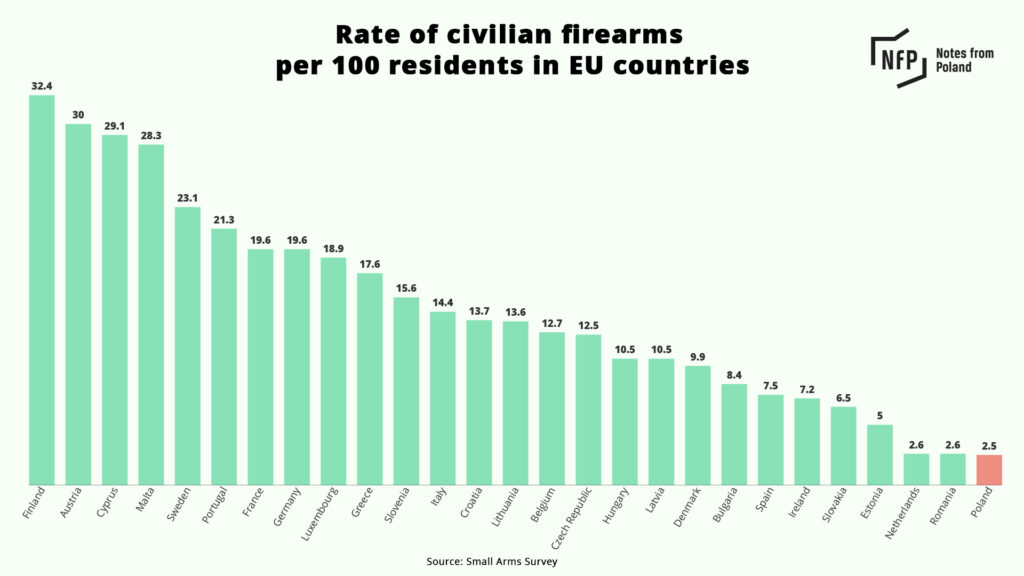
Calls to liberalise the rules even further have so far come mainly from the far-right Confederation (Konfederacja) party, which has created a parliamentary committee for weapons possession. However, some members of other parties have also voiced support.
“Life dictates that we need to start discussing [liberalising gun laws], because right now, it seems to me that the licensing system is very rigid and doesn’t fully meet today’s requirements,” Piotr Kaleta, an MP for the main opposition party, Law and Justice (PiS), told DGP.
Artur Łącki, an MP for the main ruling party Civic Coalition (KO), said the idea was justified but warned against rushing to expand access to guns. He argued that Poland must first reduce its levels of alcohol consumption because “mixing firearms with alcohol is an explosive mix”.
Poland’s education ministry is working with the defence ministry to include elements of civil defence in school PE classes.
"In these difficult times, the ability to cope with difficult situations is very much needed," says the education minister https://t.co/tDd4VlWyfZ
— Notes from Poland 🇵🇱 (@notesfrompoland) March 12, 2025

Notes from Poland is run by a small editorial team and published by an independent, non-profit foundation that is funded through donations from our readers. We cannot do what we do without your support.
Main image credit: Kaboompics.com/Pexels

Alicja Ptak is deputy editor-in-chief of Notes from Poland and a multimedia journalist. She has written for Clean Energy Wire and The Times, and she hosts her own podcast, The Warsaw Wire, on Poland’s economy and energy sector. She previously worked for Reuters.
